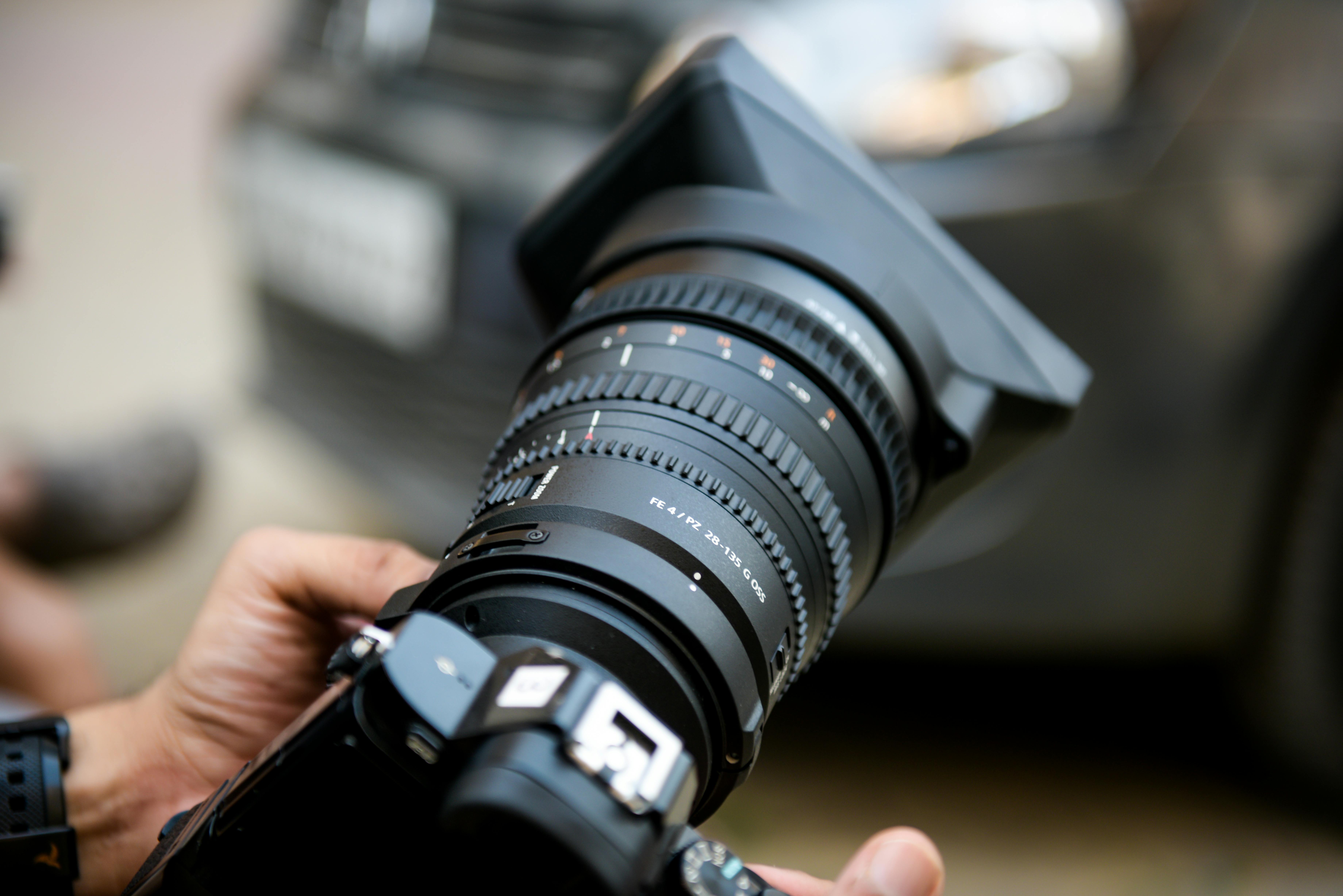The risk of buying a vehicle with flood damage increases significantly, and along with high demand and low volume, the price will likely increase for used cars in the affected market area as well.
While the vast majority of vehicles will be deemed a “total loss” by insurance companies and scrapped, there are still hundreds, if not thousands, that will return to the market for resale purposes.
Wholesalers are able to buy moderately damaged flooded vehicles and sell them at auctions across the country, leaving unsuspecting buyers at risk of purchasing a Katrina-damaged vehicle.
Water damaged vehicles can be one of the most serious and costly types of damage. The long-term effects of corroded electronic parts and wiring can be devastating and nearly impossible to correct and repair.
Here are some tell-tale signs and basic tips consumers can take to minimize the risk of buying a flood-damaged vehicle.
Unless properly cleaned up, flood damage will leave grass and debris around the radiator, under the frame, front and rear suspension components, etc.
Waterlines may be visible in the engine compartment, rear firewall area, and even inside the door pockets of the door panels and interior trim areas.
Moldy smell inside due to wet carpets and padding under the carpet.
Inspect connectors and wiring for signs of corrosion.
Rusty bolts and metal components, particularly below where standing water has been.
Inspect the windows for fogging on the inside after the vehicle has sat overnight, this is an indication that there may be water under the carpet or carpet padding.
Inspect the trunk area for corroded water lines, connectors, and wiring.
With a keen eye and a little knowledge, you can minimize the risk of spending thousands of dollars on a vehicle that has the potential long-term effects of water damage.



